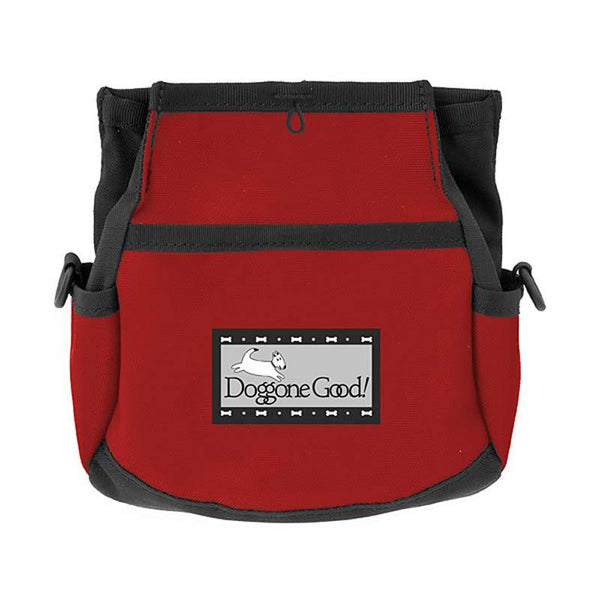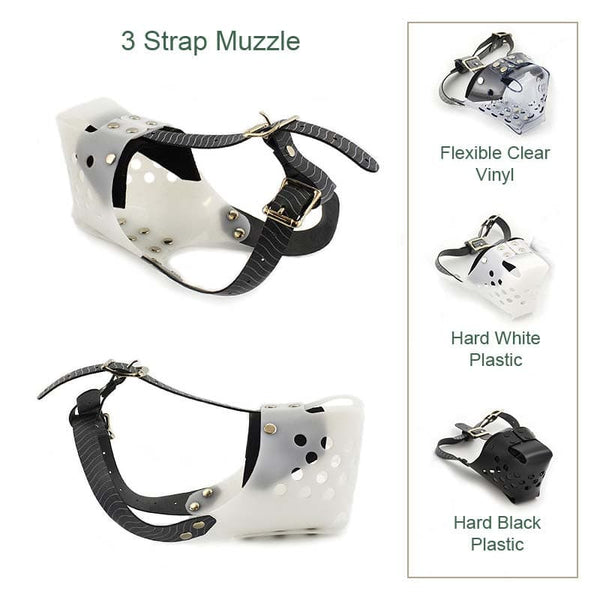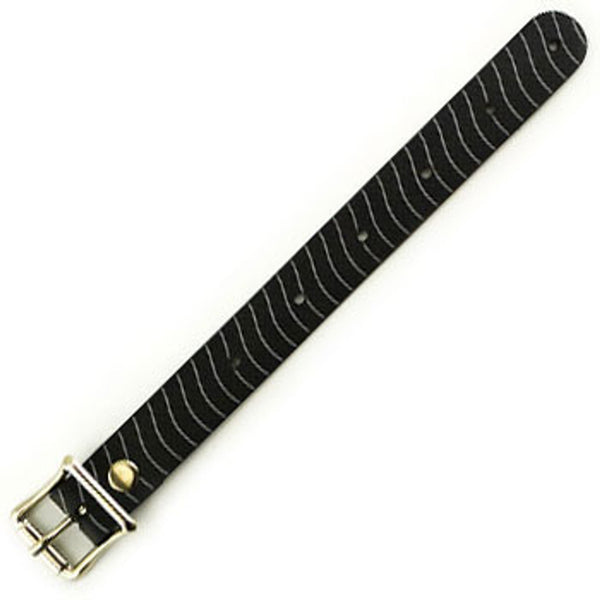How to Teach a Dog to Sit, Stay & Down: Effective Dog Training Tips
By Jess Rollins
Copyright Info
Sit:

Why teach your dog to sit? He will learn that in order to get good-stuff-for-dogs he had better put his butt on the ground and this is a good default behavior. It is very simple to teach, it helps establish your bond and is a great substitute for jumping up and lots of other problems.
How to teach your dog to Sit:
- Find a quiet place to practice and get your clicker, treats and dog. If you don't have a clicker you can simply say the word "good" or "yes" instead of clicking. Bring the treat (lure) over the dog's head so that he looks up and back and automatically sits down to see the treat. When his bum hits the floor click and treat (C/T).
- After about 10 repetitions if your dog is sitting reliably, lure him into the sit and say "sit" just as he is about to do so.
- Instead of bringing the treat over the dog's head, use the same motion with your hand empty and say "sit". If he does, Jackpot! (feed 3 treats) and take a break.
- Continue practicing using the empty-hand motion. This is now a "hand signal"! If you would like you can also fade this so that the dog responds to the verbal cue alone. Use smaller and smaller hand movements while cueing "sit" until you no longer need to move your hand for him to understand what to do.
Becoming an Expert at Sitting
- Stop rewarding your dog for sitting when you didn't ask for it.
- Practice for 5 minutes, twice per day by asking your dog to sit in increasingly distracting situations.
- Practice "Go Crazy and Sit": Run around with your dog while squeaking a toy and then ask him to sit. C/T success.
- "Say Please": Ask your dog to sit whenever you give him something he likes such as access to outside, his food bowl, or petting.
Example distractions to practice for training your dog to Sit:
Low:
- Someone else in family is in the room
- You have a toy in your hand
Med:
- An alarm, doorbell, or phone going off during request
- Asking while you are in a different position (sitting or lying down, back is turned)
- Asking in a different area (in basement or middle of street)
- Food in your hand
High:
- People or dogs or other animals nearby
- Food on a table nearby
- You are in a place like Petco or the Vet's office
- You have guests visiting
Lie Down
Why teach your dog to lie down? Down is useful to help keep the dog in one place and to calm him. It is also a good substitute for barking.
How to teach your dog to Down
- Find a quiet place to practice and get your clicker, treats and dog. Ask the dog to sit, C/T in the sit position and while he is still sitting draw the treat down to the floor in between his front paws. Keep his nose stuck to the treat. If he stands up, begin again. C/T any movement towards the floor, this behavior can be tricky so don't let him get frustrated by withholding treats to long. Jackpot an actual down.
- After about 10 repetitions if your dog is downing reliably, lure him into the down and say "down" just as he is about to do so.
- Instead of bringing the treat down to the floor, use the same motion with your hand empty and say "down". If he does, Jackpot! And take a break.
- Continue practicing using the empty-hand motion. This is now a "hand signal"! If you would like you can also fade this so that the dog responds to the verbal cue alone. Do this by use smaller and smaller hand movements while cueing "down"; until you no longer need to move your hand for him to understand what to do.
- "Take it on the road": Practice this in all sorts of locations and distraction levels. Don't forget to expect a bit less from your dog in a new or exciting situation.
Problem Solving:
- "The dog won't go down!": Don't attempt to position your dog with your hands as that will usually have the opposite effect. Instead, when you are relaxing in the evening, place a special cushion or bed of his on the floor and grab your clicker and treats and wait for him to lay down on his own. When he does, click and jackpot by tossing the treats so he will have to get up to get them. Repeat. When he is laying down promptly after retrieving his reward, you are ready to add the word "down". Once he has done this a bunch of times using the cue down, try it in another area and then take it on the road!
- "He goes down but pops right back up!" Make sure you deliver your treat in the down position as often as possible.
Becoming an Expert at Down
- Cease rewarding your dog for downing when you didn't cue it.
- Practice in distractions ( see "sit" distractions above).
Stay:
Why teach stay? This is an excellent self control exercise as well as having many practical uses, such as: keeping your dog from bolting out of the door, jumping on people, and just keeping him still while you wait for your vet appointment.
Do this exercise after teaching "Sit" and "Down"
How to teach your dog to Stay:
- Find a quiet place to practice and get your clicker, treats and dog. Cue your dog into a sit and instead of C/Ting right away, wait 2 seconds.
- Proceed in this manner until you can wait 10 seconds before C/Ting. Begin to use the cue "sit stay" (which really only means "long sit"). When you say "stay", use a hand signal that is your flat hand about a foot from your dog's face.
- If your dog gets up, this means you are proceeding too quickly. Say "oops" and try again with a shorter stay time goal and build up slowly again.
- Take one half step away from your dog and C/T for staying. Proceed until you can take 2 steps in ANY direction from your dog.
- Take several steps away until you can go out of sight. And work until you can have him stay for 2 minutes while you are in sight. (If you are very ambitious you can work on combining the 2 situations)
- Try all of this from "Down".
Tips:
- Vary the difficulty of each stay repetition. If the game always gets more difficult your dog may decide not to play.
- Reward your dog where he was when you asked him to stay. If you have him "come" after staying his stay will be weakened by his anticipation of the release.
- Practice stay regularly before giving the food bowl, before he greets someone and before going out of a door.
- If you are having trouble, don't get frustrated, just back up a step, succeed at that, take a break and then try again later (maybe with better treats).
- Practice in distractions ( see "sit" distractions above).
Happy Training! If you found this article helpful, please consider becoming a customer or sharing it with your friends. We appreciate it! Thanks, ~ Jess















